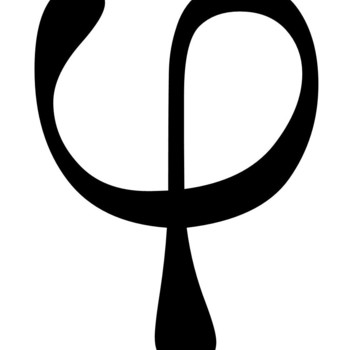First, we find the derivtaive of #y#. Here, we must solve for #d/dx(e^(x^2+3x)+2x)#.
Since #d/dx(f+-g)=d/dxf+-d/dxg#, we write:
#d/dxe^(x^2+3x)+2d/dxx#
According to the chain rule, #(f(g(x)))'=f'(g(x))*g'(x)#
Here, #f(u)=e^u# where #u=x^2+3x#. We solve for:
#d/(du)e^u*d/dx(x^2+3x)#
#e^u(2x+3)#
Since #u=x^2+3x#, we can say:
#e^(x^2+3x)(2x+3)#, which we input into our earlier function:
#e^(x^2+3x)(2x+3)+2d/dxx#
#e^(x^2+3x)(2x+3)+2#
Now, we need to find the gradient at #x=1#. The fact that the #y# value is #e^4+2# is irrelevant. Simply input that #x=1#:
#e^(1^2+3*1)(2*1+3)+2#
#e^(1+3)(2+3)+2#
#5e^4+2#
The above is the gradient of #y# when #x=1#.



